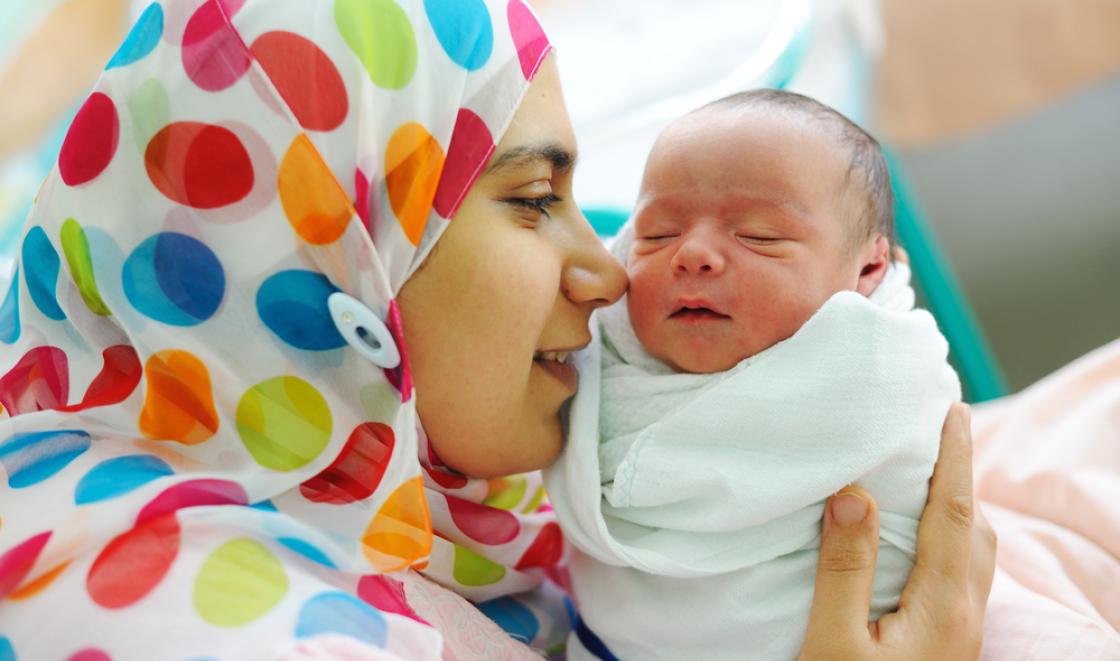Recent modelling shows that universal access to midwifery care could avert more than 60% of all maternal and newborn deaths and stillbirths – amounting to 4.3 million lives saved annually by 2035 – and that even a more modest 10% increase in coverage could save 1.3 million lives each year.
Evidence shows that these types of care can also provide greater opportunities for women to access information and emotional support, and to be actively involved in decision making around pregnancy, childbirth and the care of their newborns.
A study of more than 18,500 women, led by Professor Sandall, looked at the impact of having a consistent team of midwives providing support through the maternity period. Crucially, these women were more likely to report a positive birth experience and greater satisfaction with the services they received. Additionally, among women receiving this type of care, rates of spontaneous vaginal deliveries increased, while episiotomies and use of forceps during childbirth declined, indicating potential reductions in the use of unnecessary medical interventions.
